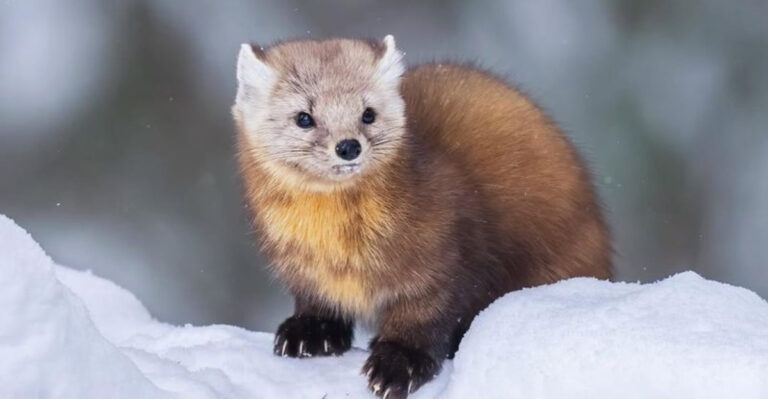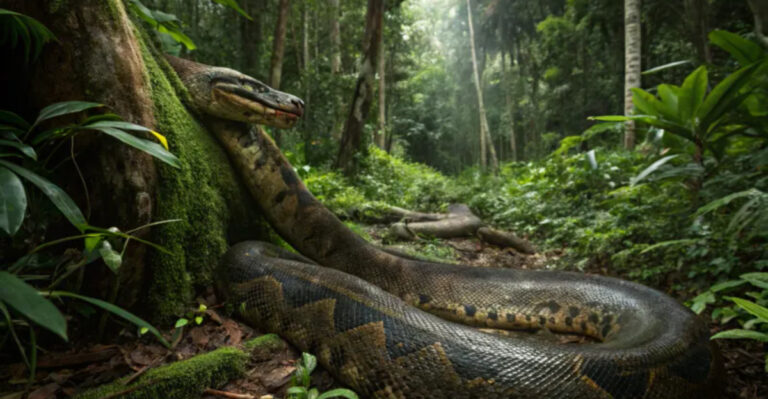18-Million-Year-Old Megalodon’s Teeth Tell A Surprising Story – And It’s Not What Scientists Expected
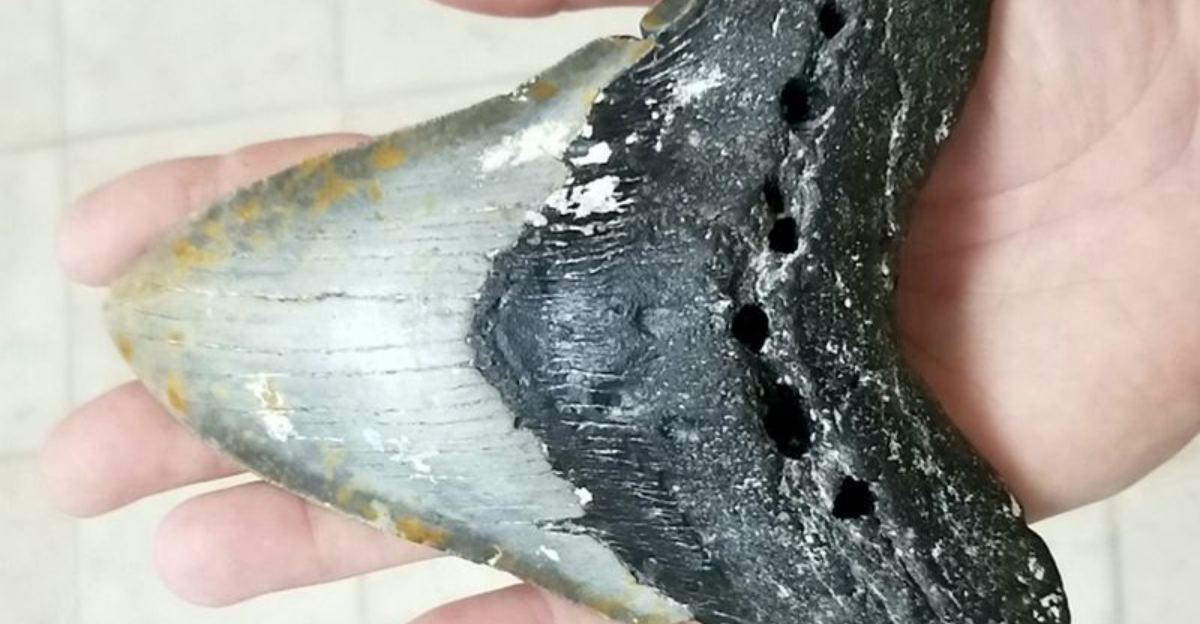
When scientists recently examined an 18-million-year-old megalodon tooth collection, they stumbled upon evidence that rewrote what we thought we knew about these ancient ocean giants. These massive sharks, with teeth bigger than your hand, have long fascinated both scientists and the public. The new discoveries from these fossilized teeth reveal a dramatically different picture of megalodon life, hunting patterns, and eventual extinction than experts had previously believed.
1. Diet Shift Shocker

Megalodon teeth show unexpected wear patterns suggesting these giants weren’t exclusively whale hunters as long believed. The tooth serrations indicate they actually started with smaller prey and gradually worked up to whales.
This dietary flexibility might explain how they survived multiple oceanic changes before their ultimate extinction. Scientists now believe megalodons were opportunistic feeders rather than specialized predators.
2. Growth Rates Rewritten
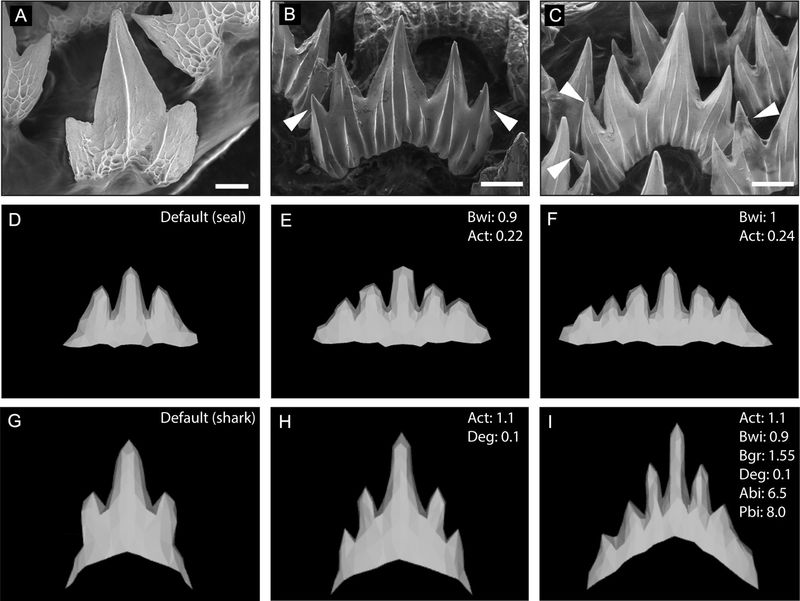
Chemical analysis of growth rings in these ancient teeth reveals megalodons matured much slower than modern sharks. Scientists previously assumed rapid growth like today’s great whites.
Taking up to 25 years to reach full size meant these predators were vulnerable for longer periods. This slower development contradicts earlier theories and suggests they invested more energy in maintaining their massive bodies than growing quickly.
3. Nursery Grounds Discovery
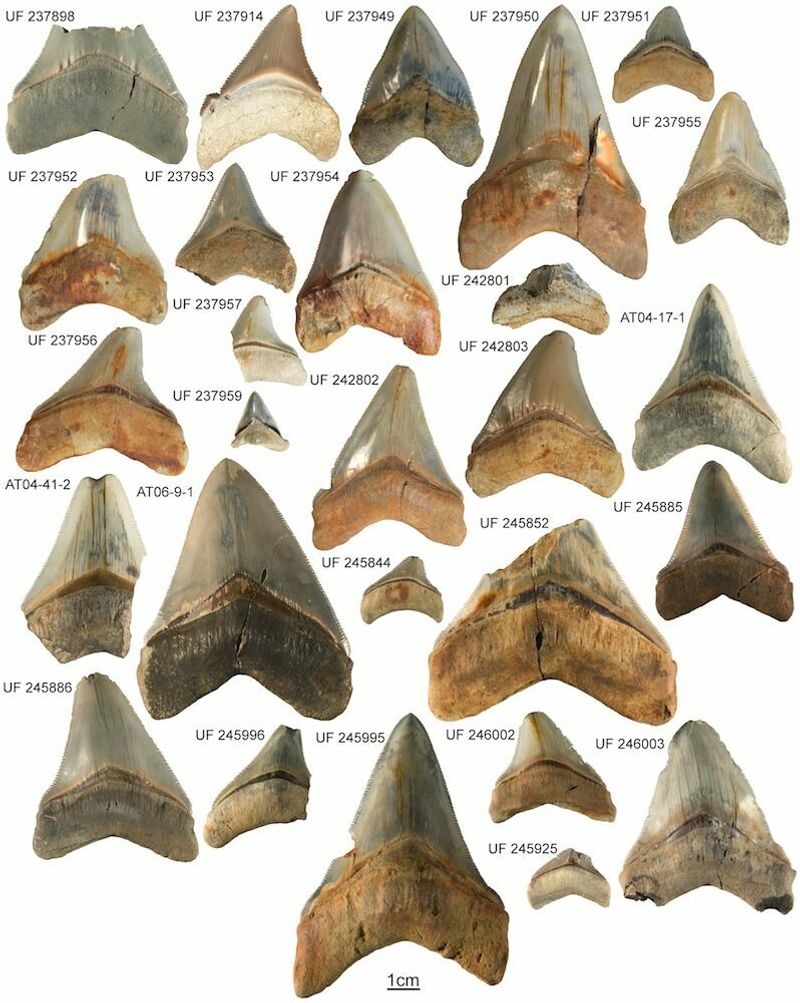
Clusters of smaller megalodon teeth found together point to dedicated nursery areas – a behavior nobody expected from these ancient predators. The teeth show juveniles stayed in shallow, protected waters.
Much like modern sharks, young megalodons apparently remained in these safe zones until reaching adequate size. This parental strategy reveals sophisticated reproductive behaviors previously unknown in prehistoric marine reptiles.
4. Temperature Tolerance Twist
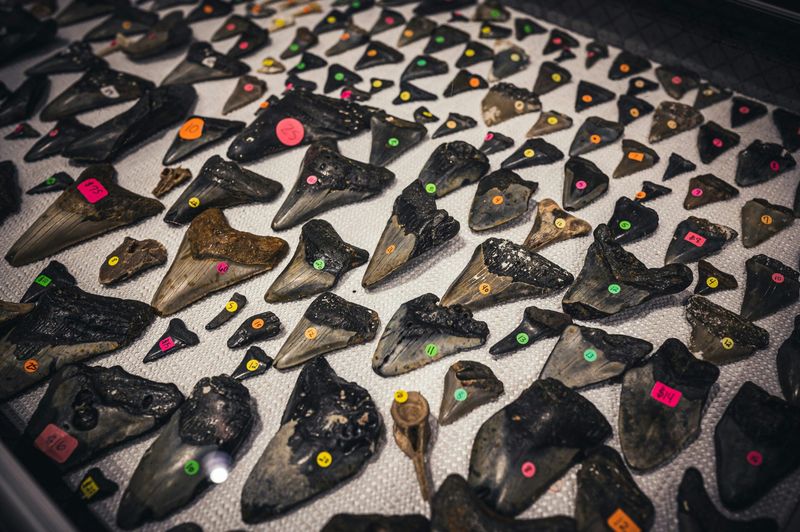
Oxygen isotope analysis of these teeth delivered a stunning revelation – megalodons tolerated much colder waters than previously thought. Scientists had assumed they were warm-water specialists like many large sharks today.
This adaptation allowed them to hunt in diverse environments across ancient oceans. The discovery explains why their fossils appear in unexpected locations and suggests they migrated seasonally through temperature gradients.
5. Bite Force Miscalculation

New measurements of tooth root structure indicate megalodons had significantly lower bite forces than the astronomical figures often cited. Popular culture portrays them crushing ships, but reality tells a different story.
While still impressive predators, their hunting strategy likely relied more on sharp cutting teeth than bone-crushing power. This finding challenges the monster-movie image and paints a more nuanced picture of an efficient oceanic predator.
6. Extinction Timeline Upended
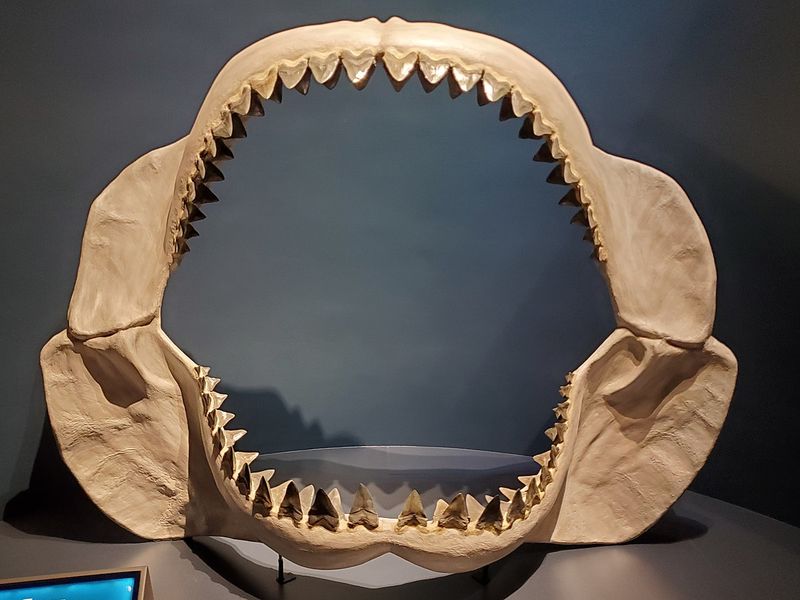
Dating techniques applied to these 18-million-year-old teeth challenge the accepted extinction timeline. Traditional theories suggested megalodons disappeared about 2.6 million years ago, but evidence now points to a more complex decline.
Regional extinctions occurred at different times across ocean basins. This staggered disappearance suggests localized environmental factors played bigger roles than previously recognized, rather than one catastrophic global event.
7. Unexpected Family Tree Branches

DNA fragments extracted from tooth enamel revealed megalodons aren’t direct ancestors of great white sharks as commonly believed. The genetic evidence places them in an entirely different evolutionary branch.
This bombshell finding means modern large sharks evolved their similar features independently. Scientists call this convergent evolution – when unrelated species develop similar traits because they fill similar ecological roles.
8. Hunting Strategy Revelation

Microscopic damage patterns on tooth edges tell an unexpected story about how megalodons attacked prey. Rather than the straightforward chomp-and-swallow approach scientists assumed, evidence shows a more sophisticated technique.
They apparently used initial precision strikes followed by calculated waiting periods. This hunting method, similar to modern white sharks but on a massive scale, suggests higher intelligence and strategic thinking than previously attributed to these ancient predators.
9. Size Variability Surprise

The tooth collection reveals much greater size variations between individual megalodons than expected. Some specimens suggest adults 50% smaller than the maximum size, yet with full maturity indicators.
This discovery indicates distinct populations adapted to different marine environments. Similar to how modern bear species vary dramatically in size based on habitat, megalodons likely evolved regional varieties specialized for local conditions.
10. Ocean Chemistry Clues
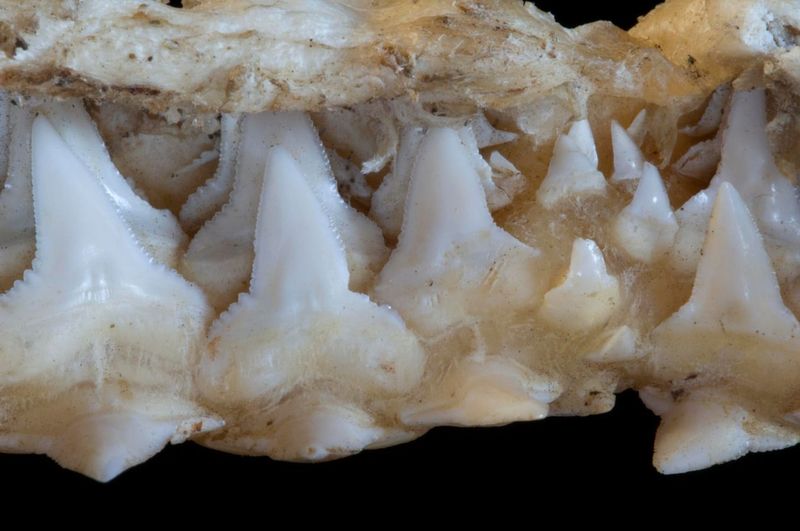
Trace elements trapped in tooth enamel reveal ancient oceans contained unexpected mineral concentrations. The megalodon teeth act like time capsules of marine chemistry from 18 million years ago.
Higher levels of certain elements suggest different nutrient cycles and primary productivity patterns. This chemical signature helps explain why ancient oceans could support multiple giant predator species simultaneously, unlike today’s more limited ecosystems.
11. Cannibalism Evidence Uncovered
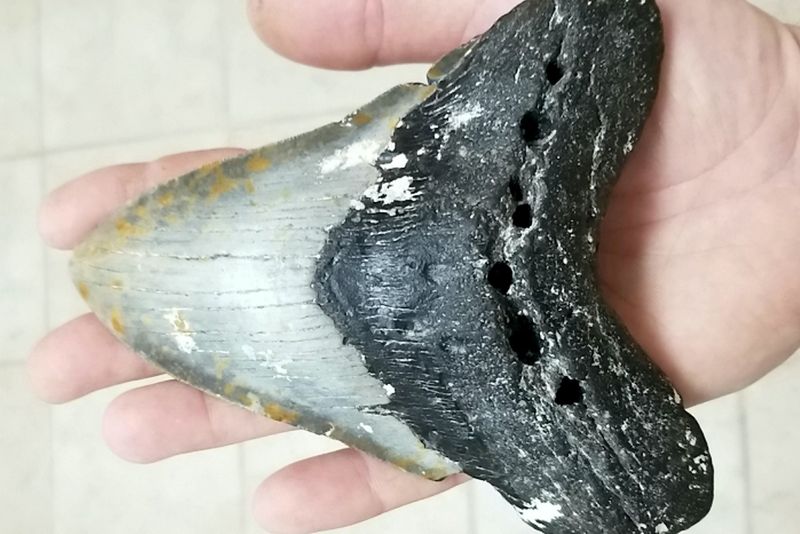
Perhaps most shocking of all, some megalodon teeth show cut marks from other megalodon teeth! This first-ever evidence of cannibalism among these giants has stunned paleontologists worldwide.
The marks appear on juvenile specimens, suggesting larger adults sometimes preyed on smaller individuals. This behavior might explain why nursery areas evolved – to protect young from their own kind rather than from other predator species.
12. Migration Pattern Mysteries

Chemical signatures in teeth from different growth periods reveal megalodons undertook vast seasonal migrations spanning thousands of miles. Scientists previously assumed they were relatively stationary top predators within regional territories.
These epic journeys likely followed prey species and breeding cycles. The finding explains the widespread distribution of megalodon fossils and suggests they played key roles in connecting distant marine ecosystems through nutrient transport and population control.


